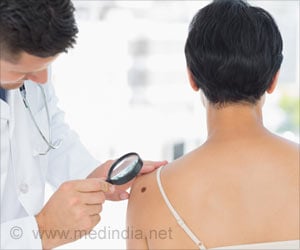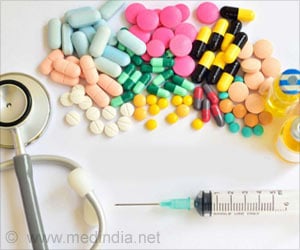Researchers have expressed concerns about the absence of appropriate monitoring programmes to assess drug safety in developing countries.
They fear that this could put the lives of millions of people in these countries at risk.The developing countries have 90 pct of the world’s disease burden and measures are being taken to ensure that the countries have a good supply of effective medicines.
Drug manufactures are being forced to remove legal and financial barriers to access without a proper drug safety monitoring system, according to the authors.
Ninety-six pct of the developing countries have pharmacovigilance systems, compared to just 25 pct of developing countries. In the analysis, writers said that the effects of new drugs cannot be compared by using the data compiled from the West because the severity of diseases and incidence trend are greatly influenced by the local environment.
The authors call for better collaboration between the academic community, the pharmaceutical industry and individual governments in order to create a single database, reports the British Medical Journal. Citing the success story of the public health, drug access campaigns and a regional surveillance system called the East African Network for Monitoring Anti-malarial Treatment, the authors suggest that there is a need for more of such partnerships.
However, the authors agree that setting up an own pharmacovigilance system would be a costly affair and many of the countries in the developing world do not have the resources for such a big investment. So, they suggest the World Health Organisation (WHO) should come up with a method to support pharmacovigilance in the developing world and this could include starting developing exchange programmes to increase local skill.
Advertisement
Source-ANI
LIN/J







